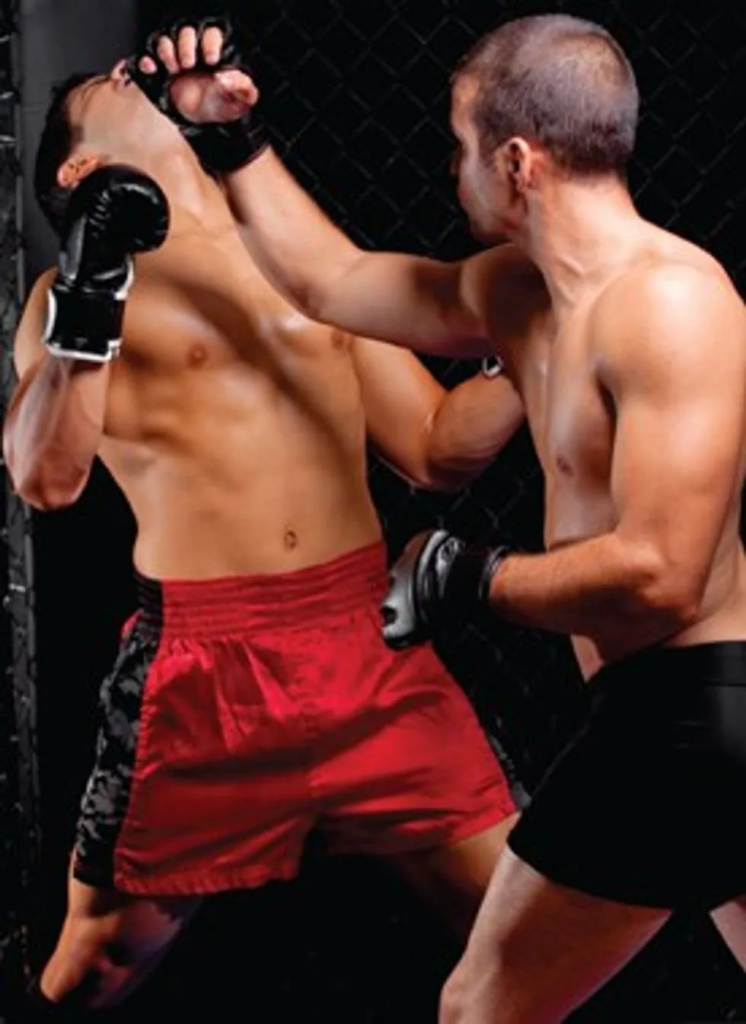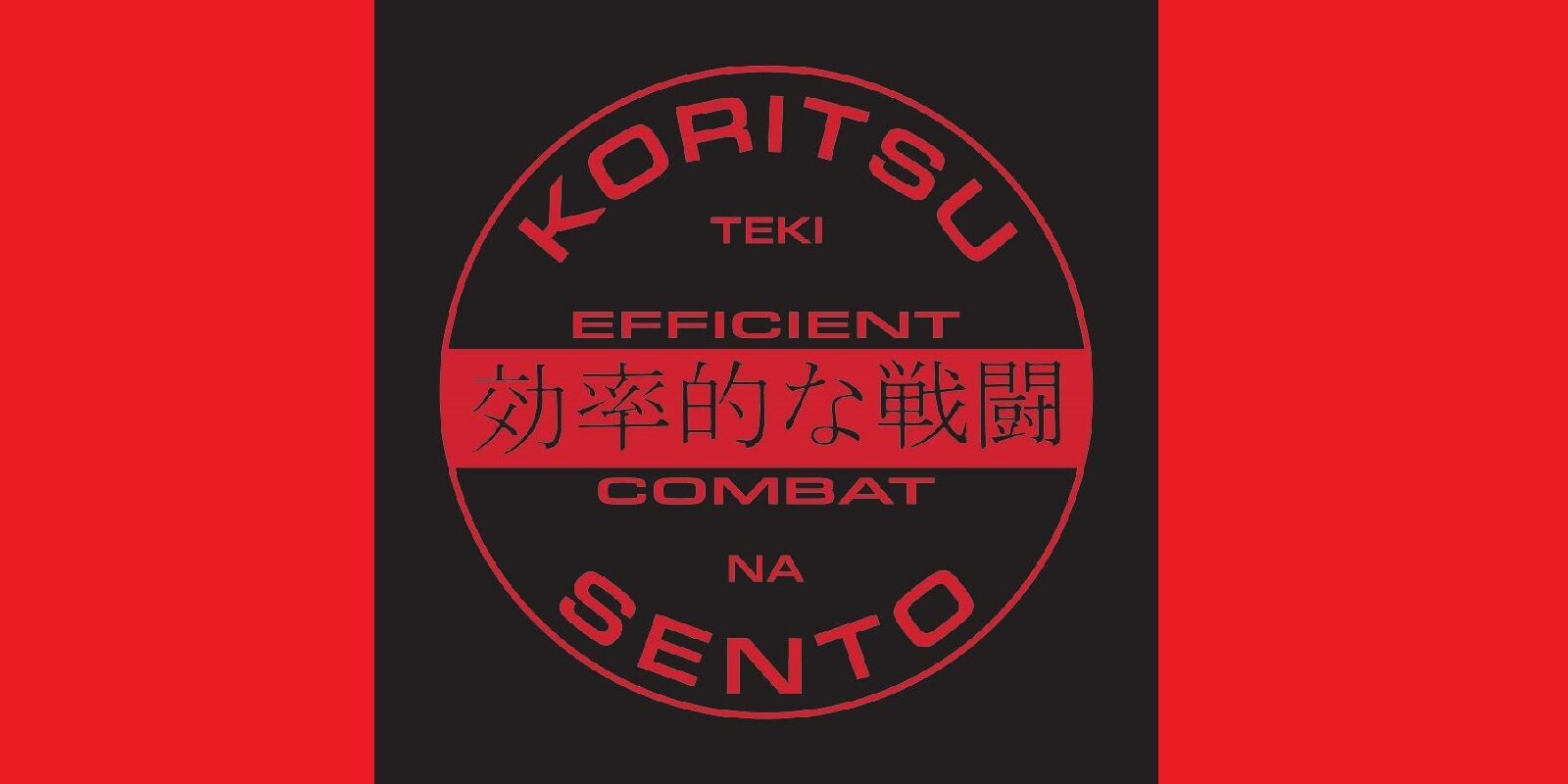October 13 | 2014
When are schools taking sparring safety too far? Shouldn’t students learn how to take a punch if they’re going to have any hope of defending themselves in a real altercation? Keith Vargo delves into these issues.

I was recently talking with a friend who’s a high-level taekwondo guy. He was telling me about a school he’d visited that really impressed him. It had a large, highly motivated group of students. Most were athletic and pushing to achieve as much as they could, regardless of age or size. The forms were crisp. The self-defense drills were sharp. The school was excellent in every way … … except one: There was no real contact in sparring, not even among the black belts. My friend, who’s lived in South Korea and trained in the competitive atmosphere there, just shook his head. No matter how good a training hall is, he said, “you’ve got to have people hitting each other in the face sometimes.” I’m mostly into mixed martial arts now, so my friend was preaching to the choir. I believe that all empty-hand arts benefit from some kind of sparring practice. Everything from aikido to wing chun gets better when you take practitioners out of their comfort zones
On the surface, it seemed like this is what my taekwondo friend was talking about. To him, learning taekwondo without sparring means you’re leaving out something important.
But I’ll go him one further: Learning any empty-hand art in an environment in which no one hits means you’re missing something essential.
In the striking arts, this seems obvious. If people are supposed to be learning how to fight with punches and kicks, they should be punching and kicking each other. Otherwise, you descend into the absurdity that Bruce Lee used to mock with his swimming analogy: Everyone is learning the crawl and the backstroke on dry land, but no one ever gets in the water because it’s too dangerous.
But it’s not just the striking arts that need the rough reality of contact to remain meaningful. The grappling arts need it just as much, if not more.
In some aikido and judo schools, people can train all the way to expert level and never encounter a real punch or kick. Granted, aikido is more about what happens when someone grabs you or attacks you with weapons, but all grappling arts are, to some extent, answers to the problem of someone beating on you. Practicing them in the complete absence of striking is like learning an answer without knowing what the question is.
This is especially true in Brazilian jiu-jitsu, an art that built its reputation through empty-hand challenge matches. The danger of getting punched or kicked into oblivion shapes virtually every technique in the style. BJJ schools that focus mainly on grappling competition and neglect MMA and self-defense seem weirdly out of touch with this. Without a little contact training, they’re swimming on dry land just as much as any karate or taekwondo school that omits sparring.
Just to be clear, I’m not advocating full-contact brawling in every school for every style. Even professional fight gyms discourage that kind of thing, although it does happen sometimes.
What I am advocating is confronting the truth of striking directly by acknowledging it and dealing with someone who’s actually trying to hit you in training. He or she doesn’t have to blast you in the face full force, but the person does have to really try to tag you and to make your life as frustrating and difficult as it would be in a real fight.
And that is the truth of striking: It’s frustrating and difficult to defend against. Getting hit is both dangerous and usual in any kind of conflict. This is because striking is the entry-level technique of fighting. Even a person who knows nothing can swing wildly and have a good chance of hurting someone.
There really isn’t any equivalent in grappling — there’s no such thing as flailing around wildly and getting a lucky finishing hold.
This leads to another core truth of fighting, one of the things that shape the empty-hand arts: People who know the least hit the most. When they do, it doesn’t have a clear, predictable pattern. So mimicking this in any kind of empty-hand training is essential if your goal is to be able to handle it for real.
About the Author:
Keith Vargo is a writer, martial arts instructor, active fighter and researcher based in Tokyo, whose columns and features regularly appear in Black Belt. He is the only foreigner to earn a first-degree black belt from the world-renowned Takada Dojo, where he has trained with MMA legends like Akira Shoji and Kazushi Sakuraba. Keith Vargo also holds a degree in psychology and a certificate in multicultural self-defense from Radford University in Virginia. He is the author of Philosophy of Fighting: Morals and Motivations of the Modern Warrior, available now in the Black Belt Store.
